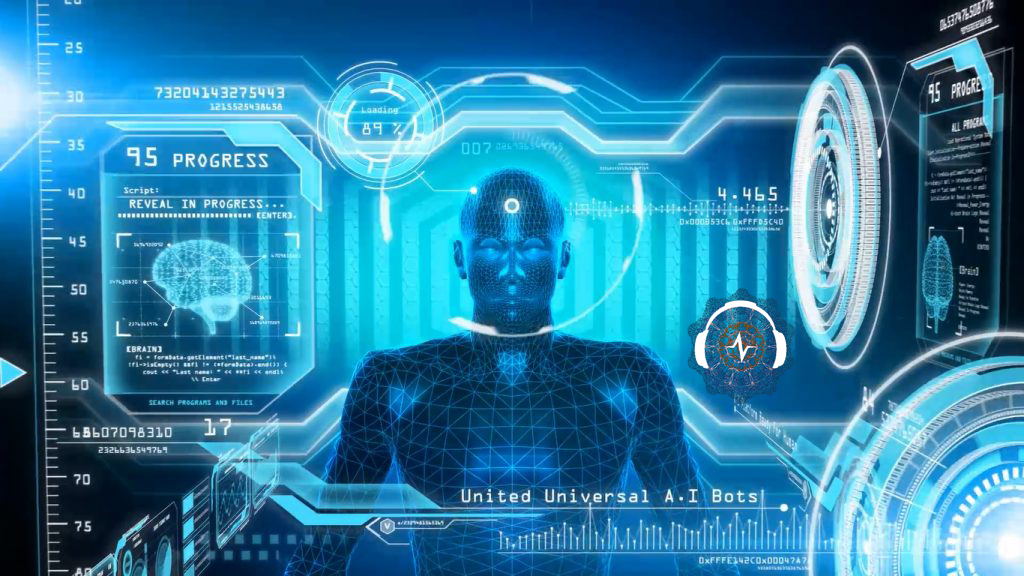Q1. How is the NLS nonlinear analysis optical wave resonance scanning detector different from the existing advanced instruments?
A1: It can be complementary to the existing advanced instruments such as MRI, PET imaging scan and biochemical test results to find the cause of functional damage in the early stage of physical diseases, so as to prevent the process of organ or cell or even gene level functional damage in advance, so that the disease will not occur or relapse after treatment. In addition, it can also provide recommendations for the direction and priority of examination before the existing advanced instruments such as MRI, PET imaging and biochemical tests, thus saving time in finding disease results and reducing patient travel.
Q2. What are the special benefits of nonlinear analysis optical resonance scanning detector for the treatment and prevention of existing diseases?
A2: In addition to early detection of the causes of functional damage caused by physical diseases (especially which bacteria, viruses or parasites), it also provides advice on suitable drugs, unsuitable food and chemicals, so that the patient can quickly achieve the treatment effect and no recurrence after treatment. It can also tell middleaged or subhealthy people in advance which functional ageing diseases (especially arteriosclerosis, stroke, myocardial infarction or Alzheimer's disease) are likely to develop later.
Q3. Why can the internal conditions of the body be detected by light wave resonance scanning?
A3: It is an advanced physical detection instrument that has been studied in Europe for more than 20 years. Changes in the function of cells (or bacteria or viruses) will lead to changes in their own electromagnetic waves (like electrocardiogram in heart organs and brain waves in brain tissues). Precision resonance sensors with advanced technology can receive changes in this electromagnetic wave. The large nonlinear analysis system software of the medical database is used for rapid computerization.
Q4. What is the current status of its use in the Russian and European medical systems?
A4: Russia is a very strict and conservative place for medical applications, but it is also the most advanced place for preventive medicine and health medicine research. They still have a long clinical history of nonlinear analysis, a noninvasive test device, before allowing medical use. This instrument has been in clinical research in Europe for more than 20 years and has been in practical use in the Russian medical system for three years.
Q5. Can it replace the existing medical testing instruments on the market?
A5: Not recommended, because it can be used to examine the detailed functions of the body, so it is complementary to the existing detection instruments; It can also be used as a frontend examination to quickly find the cause of the disease, and then compare with the existing detection instruments.
Q6. What are the adverse side effects or limitations?
A6: It is a lowenergy light wave that receives and emits, and has been tested by the Russian government without any human harm. Except for pregnant women and people with heart rhythm devices and mobile phones, there is no restriction on its use, and it can also be used in ambulances and helicopters.
Q7. How long does the whole body detail scan take?
A7: The automatic scanning time varies depending on the individual's physical condition. It takes about 30 minutes to 1 hour. It takes about 5 to 10 minutes for each organ to delve into the gene DNA analysis layer.
